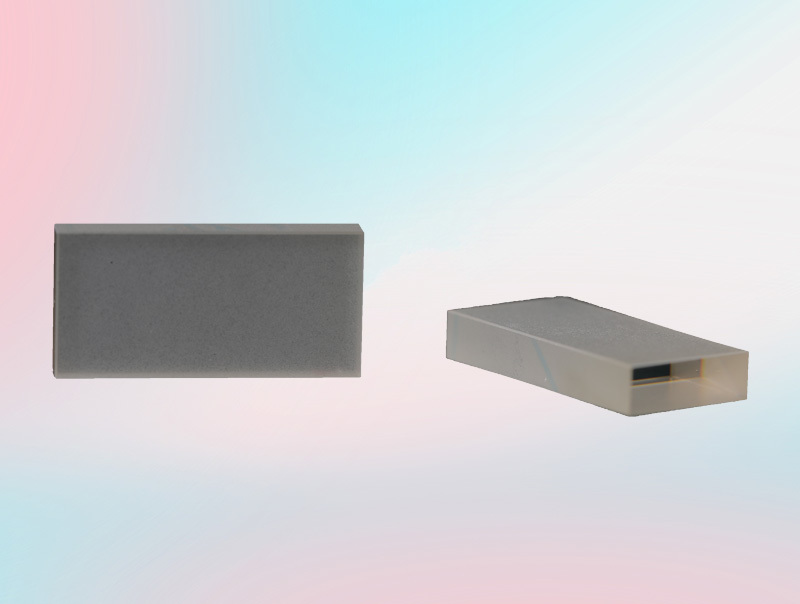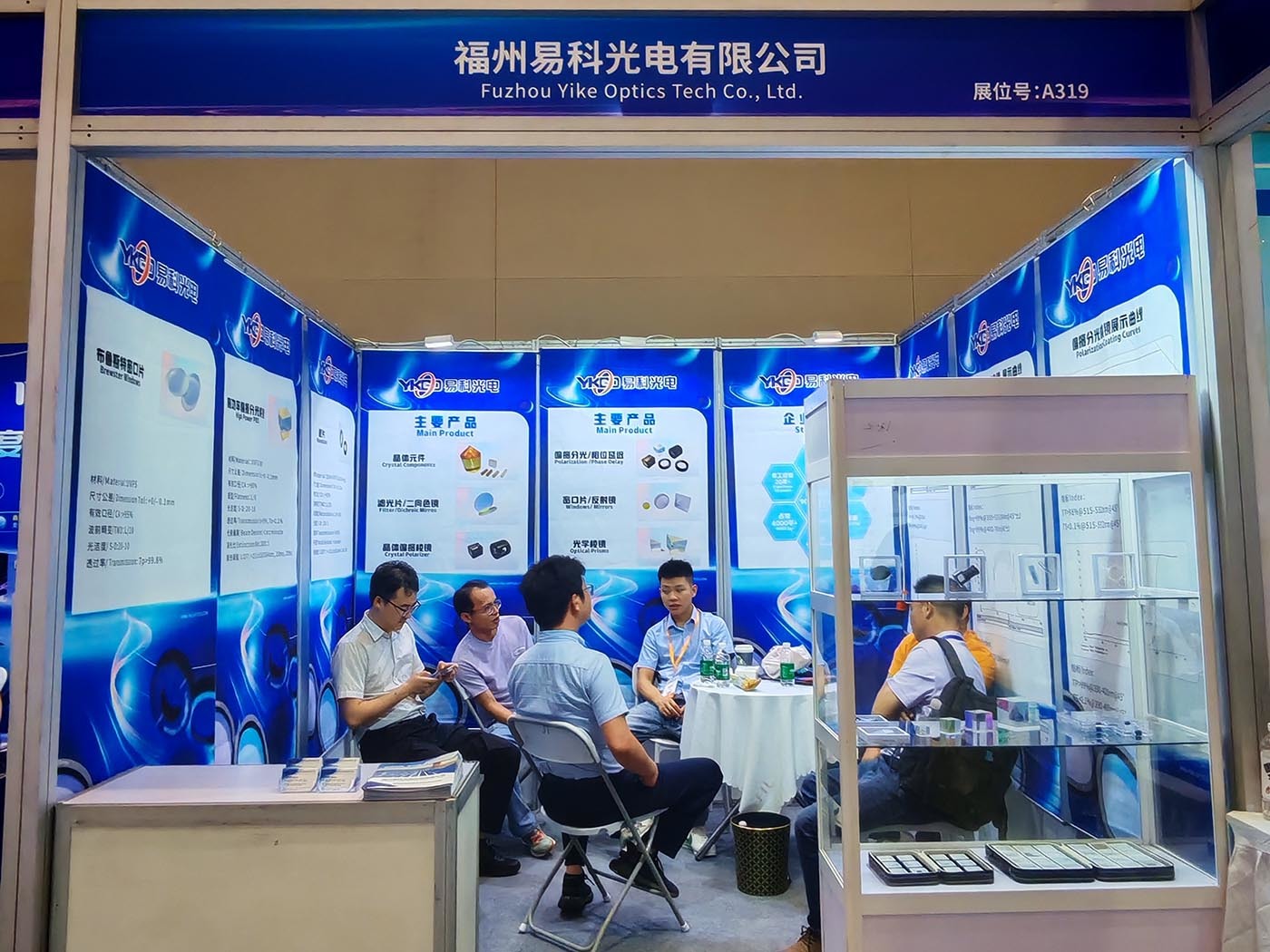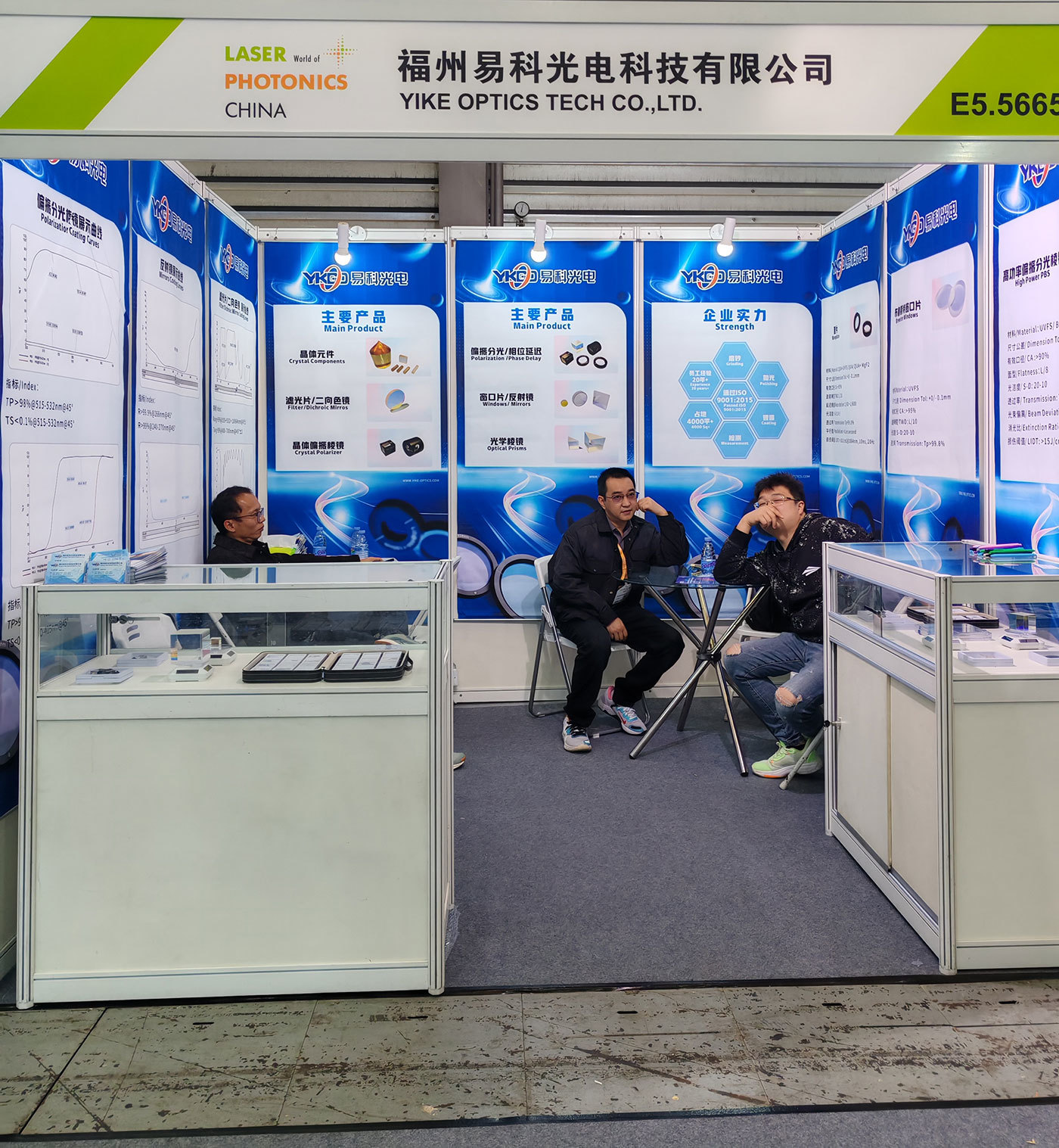Application of Lenses in Autonomous Driving
Release Time:
2025-05-15
outline: In the field of intelligent driving (AD), lenses are primarily used in optical perception systems. By converging, diverging, or adjusting the path of light, they help vehicle sensors accurately capture environmental information.
In the field of intelligent driving (AD), lenses are primarily used in optical perception systems. They gather, diverge, or adjust light paths to help vehicle sensors accurately capture environmental information. The core application scenarios are as follows:
1. Camera Lenses
Function:
As a core component of in-vehicle cameras, they gather ambient light and form an image on the image sensor (such as CMOS).
Through multiple lenses (a combination of convex and concave lenses), spherical aberration and chromatic aberration are corrected, improving image clarity and color reproduction.
Typical Scenarios:
Forward-facing camera: Captures distant targets such as road markings, pedestrians, and vehicles (requires a telephoto lens design).
Surround-view camera: Uses a wide-angle lens to achieve wide-angle coverage (such as a 180° fisheye lens), used for parking assistance.
2. LiDAR Optical System
Function:
Collimating lens: Converts the diverging beam emitted by the laser transmitter into a parallel beam, improving detection distance (such as a plano-convex lens on the transmitter side).
Focusing lens: The receiver lens focuses the reflected laser spot onto the detector, improving signal accuracy.
Technology Trends:
Solid-state LiDAR uses a microlens array (such as a microelectromechanical system MEMS lens) to achieve fast beam scanning, replacing the traditional mechanical rotating structure.
3. Infrared Night Vision System
Function:
Infrared lenses (such as germanium lenses and zinc sulfide lenses) have high transmittance for infrared light (8-14μm band) invisible to the human eye, and are used for obstacle detection at night or in low-light environments.
Application Scenarios:
Auxiliary cameras capture the heat signals of pedestrians and animals, and algorithms generate images for analysis by the driving system.
4. Head-Up Display (HUD)
Function:
The lens refracts the instrument panel image (such as vehicle speed and navigation information) onto the windshield, creating a virtual image for the driver to view without looking down.
A combination lens (convex lens + reflector) is usually used to adjust the image size and distance to avoid visual fatigue.
5. In-vehicle Driver Monitoring (DMS)
Function:
Short-focus lenses are used for close-up shooting of the driver's face (such as eye tracking and fatigue detection), requiring high resolution and low distortion design.
Technical Characteristics:
Paired with IR (infrared) lenses to filter out visible light interference, ensuring image quality at night or in strong light.
Core Requirements and Challenges
Environmental adaptability: Needs to withstand high temperatures, vibrations, and dust. Lens materials often use optical glass or weather-resistant plastics (such as PMMA, PC).
Miniaturization and integration: AD sensors are trending towards compact designs, with microlens arrays and freeform lenses (aspheric lenses) becoming mainstream to reduce size and improve optical performance.
Summary: Lenses in AD are a key bridge connecting the "physical environment" and "electronic signals." Their performance directly affects the perception accuracy of core sensors such as cameras and LiDAR, and is an important foundation for autonomous driving safety.
Exploring Birefringent Crystals: Essential Insights for Photonic Applications
outline: Birefringent crystals are remarkable materials characterized by their ability to refract light in two distinct paths. This property arises from their anisotropic structure, where the refractive index varies depending on the polarization and propagation direction of light. Birefringence is a critical phenomenon utilized in various optical applications, including phase compensation, optical filterin
2025-09-26
outline: The 20th "China Optics Valley" International Optoelectronics Expo (hereinafter referred to as the Optics Expo) opened on May 15, 2025, at the China Optics Valley Science and Technology Convention and Exhibition Center. The expo was hosted by the People's Government of Hubei Province and co-hosted by the People's Government of Wuhan City, the Hubei Provincial Department of Economy and Information Technology, and the Management Committee of Wuhan East Lake High-tech Development Zone. Themed "Light Connects All Things, Intelligence Leads the Future," this year's expo was included for the first time in the United Nations Educational, Scientific and Cultural Organization's (UNESCO) global series of events for the International Day of Light, making it a major focus in the global optoelectronics field.
2025-05-18
outline: From March 11th to 13th, 2025, the 20th anniversary grand celebration of the Munich Shanghai Optical Fair was successfully concluded at the Shanghai New International Expo Center. This year's exhibition was unprecedented in scale, presenting the industry with a comprehensive and high-level technological feast. At the same time, this exhibition fully demonstrated, from the breadth of the exhibition scope, the richness of optoelectronic products, the novelty of trend transmission, and the depth of exchange and cooperation, the rapid development of the optoelectronic industry under the global wave through technological innovation, international cooperation, and industrial chain integration, winning high recognition and praise from industry enterprises and partners.
2025-03-14




